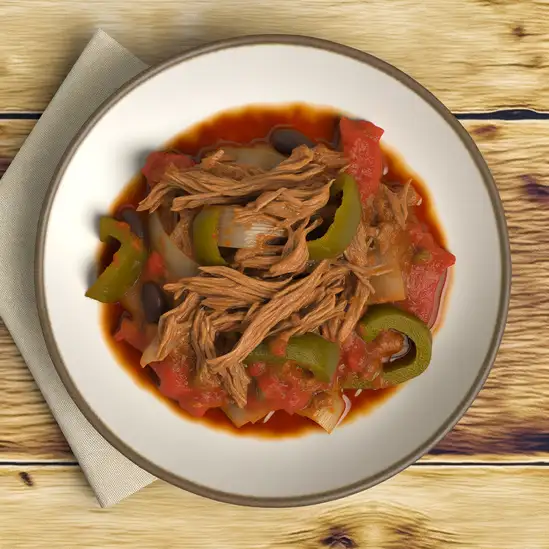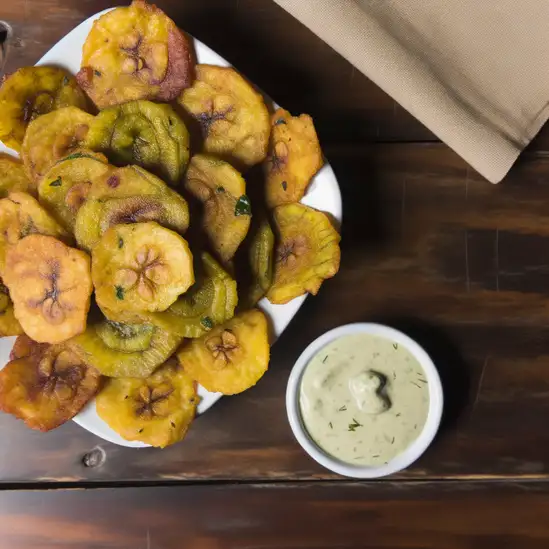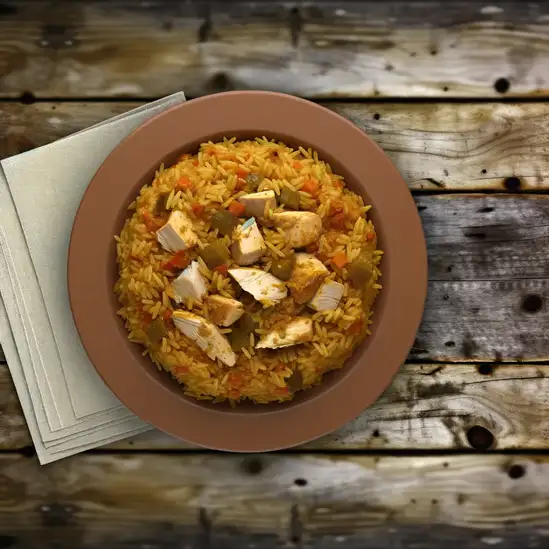



If you step into La Habana Vieja,it’s like walking into a living,breathing storybook where every corner hums with life and history. The streets are a patchwork of crumbling pastel buildings,their faded facades telling tales of decades past,while classic American cars glide by,their engines purring like old jazz records. There’s a rhythm here — the clatter of dominoes in a sunlit plaza,the distant strum of a guitar,and the warm chatter of locals who greet you with genuine smiles. It’s a place where time feels both suspended and vibrant. As you wander,the scent of freshly brewed Cuban coffee mingles with the salty breeze from the nearby harbor,and the aroma of grilled street food tempts your senses. Grab a mojito at a tiny bar tucked away in a narrow alley,and you’ll taste the city’s soul — a mix of sweet,sharp,and a little bit rebellious. The colors are intoxicating:bright murals splash walls,and the sunlight filters through palm leaves,casting playful shadows on cobblestones. What makes La Habana Vieja truly unforgettable is its spirit — a blend of resilience,creativity,and warmth. The people here carry their history with pride but live fully in the moment,inviting you to do the same. Whether you’re exploring the grand plazas,chatting with artists,or simply soaking in the sunset over the Malecón,you’ll find yourself swept up in a city that’s as much about feeling as it is about seeing.
The information on this page is currently being reviewed by Tripkliq and should be used as a guide only
Eng word: Hello
Eng pronunciation: OH-lah
Local language: Hola
Eng word: Goodbye
Eng pronunciation: ah-DYOS
Local language: Adiós
Eng word: Thank you
Eng pronunciation: GRAH-syahs
Local language: Gracias
Eng word: How much
Eng pronunciation: KWAN-toh KWEH-stah
Local language: ¿Cuánto cuesta?
Eng word: Toilet
Eng pronunciation: BAH-nyoh
Local language: Baño
Eng word: Help me
Eng pronunciation: ah-YOO-dah-meh
Local language: Ayúdame
Eng word: Yes
Eng pronunciation: SEE
Local language: Sí
Eng word: No
Eng pronunciation: NO
Local language: No
Eng word: Excuse me
Eng pronunciation: pehr-DOHN
Local language: Perdón
La Habana Vieja, or Old Havana, was founded by the Spanish in 1519 and is known for its well-preserved colonial architecture.
In 1982, Old Havana and its Fortifications were declared a UNESCO World Heritage site, recognizing the city's historical significance and outstanding universal value.
The Plaza de Armas is the oldest square in Havana, surrounded by buildings that date back to the late 16th century. It has been a social and military gathering space since the city's establishment.
El Capitolio, inspired by the United States Capitol, was built in 1929 and is an iconic symbol of Havana. It has housed the Cuban Academy of Sciences and the National Library of Science and Technology.
The Cathedral of Havana, completed in 1777, is a stunning example of Baroque architecture. It is famed for its majestic façade and its status as the seat of the Roman Catholic Archdiocese of San Cristobal de la Habana.
The Malecón is an 8 km long sea drive that is a popular gathering place for locals and tourists alike. It offers spectacular views of the Gulf of Mexico and the city skyline.
The Great Theatre of Havana, home to the Cuban National Ballet, was built in 1838. It is renowned for its exquisite architecture and as a prominent cultural institution in Cuba.
San Francisco Square, one of the oldest squares in Havana, is known for its beautiful fountain, colonial buildings, and lively atmosphere, including art exhibitions and music performances.
The famous American writer Ernest Hemingway lived in Havana for several years and his love for the city is evident in his works. His residence, Finca Vigía, is now a museum dedicated to his life.
In La Habana Vieja, the most common Power Adaptor is Type A, Type B, Type C, Type L.









Shredded beef cooked in a savory tomato sauce with onions, bell peppers, and spices, often served with rice and black beans.

Twice-fried green plantains that are crispy on the outside and soft on the inside, often served as a side dish or snack.

A classic dish of rice cooked with chicken, vegetables, and spices, often colored with saffron or annatto.

A creamy caramel custard dessert that is a popular sweet treat in Cuban cuisine.

Boiled cassava root served with a garlicky citrus sauce, often enjoyed as a side dish.

A traditional dish of black beans and white rice cooked together, symbolizing the historical coexistence of different cultures in Cuba.

Marinated and pan-fried beef, typically served with onions and lime, accompanied by rice and fried plantains.

A ground beef hash cooked with tomatoes, bell peppers, olives, and raisins, served with rice and black beans.
Imagine stepping into a place where the turquoise waves gently kiss powdery white sands,and the sun wraps you in a warm,golden embrace—that’s Cancún. From the moment you arrive,there’s this vibrant energy buzzing in the air,a mix of laid-back beach vibes and lively city pulse. Palm trees sway rhythmically to the ocean breeze,and the salty scent of the sea mingles with the tantalizing aroma of fresh street tacos sizzling nearby. It’s a place where every sunset feels like a private show,painting the sky in fiery oranges and soft pinks.
Walking through Cancún’s Hotel Zone,you’ll hear the laughter of friends clinking glasses of tangy margaritas,the distant beat of Latin music inviting you to dance,and the chatter of locals sharing stories in colorful markets. The city’s character shines through its blend of modern resorts and ancient Mayan roots,with nearby ruins whispering tales of a rich history that’s still alive in the vibrant culture and warm smiles of the people.
What really makes Cancún unforgettable is how it balances adventure and relaxation. You can dive into crystal-clear cenotes,explore coral reefs teeming with life,or simply lounge under a palapa,feeling the sun on your skin and the gentle sway of a hammock. And when hunger strikes,fresh ceviche bursting with citrus and spice,or a sweet slice of mango dripping with juice,remind you that this place is as much a feast for your taste buds as it is for your soul. Trust me,Cancún isn’t just a destination—it’s a feeling you’ll want to carry with you long after you leave.
Miami feels like a vibrant pulse you can’t ignore the moment you step off the plane. The air hums with energy—warm ocean breezes mingling with the scent of salt and sizzling street food. Palm trees sway lazily against a backdrop of colorful Art Deco buildings,while the sun casts a golden glow that makes everything feel alive and inviting. It’s a city where the rhythm of Latin music spills out from open windows,and the chatter of diverse languages creates a lively soundtrack to your days.
Walking through neighborhoods like Little Havana or Wynwood,you’re wrapped in a rich tapestry of culture and creativity. Bright murals splash across walls,telling stories of heritage and hope,while local cafés serve up strong Cuban coffee and fresh pastelitos that melt in your mouth. The city’s character is bold and unapologetic—Miami doesn’t shy away from its roots or its flair. It’s a place where art,food,and music collide in the most deliciously unexpected ways.
And then there’s the beach—soft white sand underfoot,the Atlantic Ocean stretching endlessly,its waves inviting you to dive in or simply relax with a cold drink in hand. As the sun dips below the horizon,the city transforms again,glowing with neon lights and the promise of nights filled with laughter,dancing,and new friendships. Miami isn’t just a destination; it’s a feeling you carry with you long after you leave.
Kingston pulses with a vibrant energy that grabs you the moment you step off the plane. It’s a city where the rhythm of reggae music seems to float through the air,blending effortlessly with the chatter of street vendors and the hum of bustling markets. Walking through its colorful neighborhoods,you’ll catch the scent of jerk spices mingling with the salty breeze from the nearby harbor. There’s a raw,authentic spirit here that feels alive in every corner—from the murals that splash stories across walls to the lively conversations spilling out of local cafes.
What makes Kingston truly unforgettable is its rich cultural heartbeat. This is the birthplace of Bob Marley,and you can feel his legacy everywhere—from the iconic Trench Town neighborhood to the reggae museums that celebrate Jamaica’s musical soul. But it’s not just about music; the city’s art scene,street food,and warm,welcoming people create a tapestry of experiences that invite you to slow down and soak it all in. Grab a plate of fresh ackee and saltfish or sip on a cold Red Stripe while watching the sunset paint the sky in fiery hues.
Kingston isn’t polished or pristine,but that’s exactly what makes it magnetic. It’s a place where history,culture,and everyday life collide in the most colorful,unexpected ways. If you’re up for an adventure that’s as much about feeling the city’s pulse as seeing its sights,Kingston will surprise you—and stay with you long after you leave.
Imagine stepping into Nassau and instantly feeling the warm embrace of island life—where the turquoise waters gently lap against pastel-colored buildings and the air hums with the rhythm of steel drums. This city pulses with a vibrant energy that’s both laid-back and lively,a place where history and modern Caribbean culture dance together effortlessly. Walking through the streets,you’ll catch the scent of saltwater mingling with the sweet aroma of tropical flowers and the irresistible smell of fresh conch fritters sizzling nearby.
Nassau’s character is a rich tapestry woven from its colonial past and Bahamian spirit. The chatter of locals,the colorful markets brimming with handmade crafts,and the lively chatter in cozy cafés make you feel like you’re part of a close-knit community. Don’t miss the chance to explore the bustling Straw Market or to wander through the charming streets of downtown,where every corner tells a story—from pirate legends to vibrant Junkanoo celebrations.
What really makes Nassau unforgettable is how it awakens your senses. The taste of a perfectly spiced Bahamian seafood dish,the feel of warm sand beneath your feet on Cable Beach,and the sight of a fiery sunset melting into the ocean horizon—all of it invites you to slow down and savor the moment. Whether you’re diving into crystal-clear reefs or simply sipping a cold drink while watching the world go by,Nassau has a way of making you feel alive,connected,and utterly enchanted.
A historic city with cobblestone streets,colorful colonial architecture,and access to beautiful beaches and islands like Vieques and Culebra.
ExploreImagine stepping into a place where the ocean breeze carries the sweet scent of salt and tropical flowers,and the rhythm of merengue pulses softly in the background. That’s Punta Cana for you—a vibrant stretch of the Dominican Republic where the turquoise waters kiss endless white sands,inviting you to slow down and soak it all in. The vibe here is effortlessly warm and welcoming,like a friend who’s been waiting to share their favorite spot with you. Whether you’re lounging under a swaying palm or exploring the lively local markets,there’s a genuine sense of joy and relaxation that wraps around you.
Walking through Punta Cana,you’ll notice the colorful blend of cultures reflected in the food,music,and smiles of the people. Fresh seafood grilled to perfection,zesty tropical fruits,and the unmistakable kick of Dominican spices fill the air,tempting your taste buds at every corner. The town pulses with life—not in a noisy way,but with a laid-back energy that makes you want to dance,chat,and savor every moment.
What really makes Punta Cana stand out is how it balances natural beauty with a rich cultural heartbeat. Beyond the beaches,you can dive into adventures like exploring hidden cenotes,visiting vibrant villages,or simply watching the sunset paint the sky in shades of pink and gold. It’s a place that invites you to feel alive,connected,and utterly enchanted by the simple pleasures of sun,sea,and soulful island spirit.
Tourists are sold low-quality or fake rum labeled as premium Cuban brands.
Scammers offer to exchange money for tourists but give incorrect amounts or use outdated Cuban pesos (CUP) instead of convertible pesos (CUC, which is no longer in use).
Tourists are approached by locals offering 'authentic Cuban cigars' at a fraction of the price. These are often counterfeit and of poor quality.
Unlicensed guides offer 'exclusive' tours but provide little value or take tourists to shops where they earn commissions.
A local approaches tourists claiming they need money to buy milk for their baby, but the money is often used for other purposes.
Unlicensed taxi drivers charge exorbitant rates to tourists, often without using a meter or quoting a price upfront.
In crowded areas, pickpockets target tourists, especially those carrying valuables in easily accessible places.
Some restaurants add extra items or inflate prices on the bill, assuming tourists won't notice.
Locals (jineteros/jineteras) befriend tourists romantically or socially, then ask for money or gifts, or lead them to overpriced establishments where they get a commission.
Street performers or musicians demand excessive tips after performing for tourists, sometimes aggressively.
Cuba has very strict laws regarding the possession, use, and trafficking of illegal drugs. The penalties for drug-related offenses are severe and can include long prison sentences. Tourists should avoid any involvement with illegal drugs while in La Habana Vieja or anywhere else in Cuba. Prescription medications should be kept in their original packaging and accompanied by a doctor's prescription.
In La Habana Vieja, as in the rest of Cuba, smoking is generally allowed in public places, including bars, restaurants, and outdoor areas. However, some establishments may have designated non-smoking areas. It is always courteous to ask before lighting up in a private or semi-private space. Smoking is prohibited in certain public buildings and on public transportation.
Vaping is not as common in Cuba as it is in some other countries, and there are no specific regulations that differentiate it from smoking. Therefore, it is generally treated the same as smoking. Tourists should follow the same guidelines as for smoking, being mindful of local customs and any specific rules set by individual establishments.
What are other people saying about La Habana Vieja?
Recent Social posts about La Habana Vieja
There is nothing to show you for now.